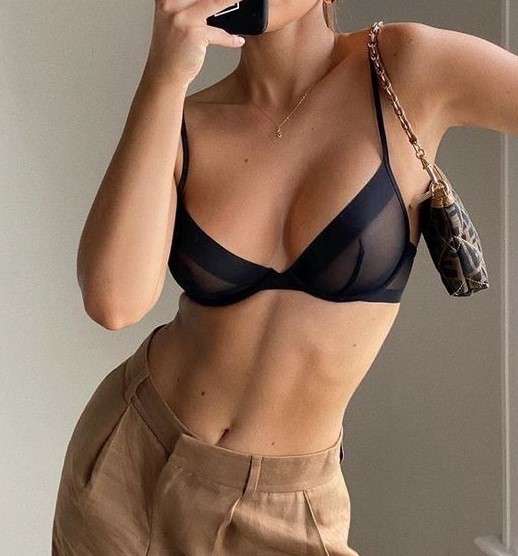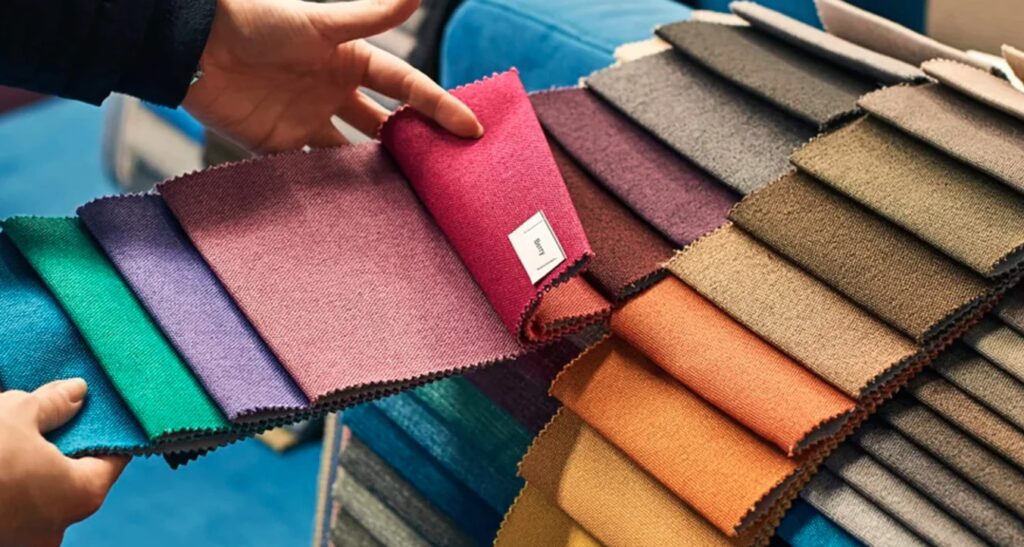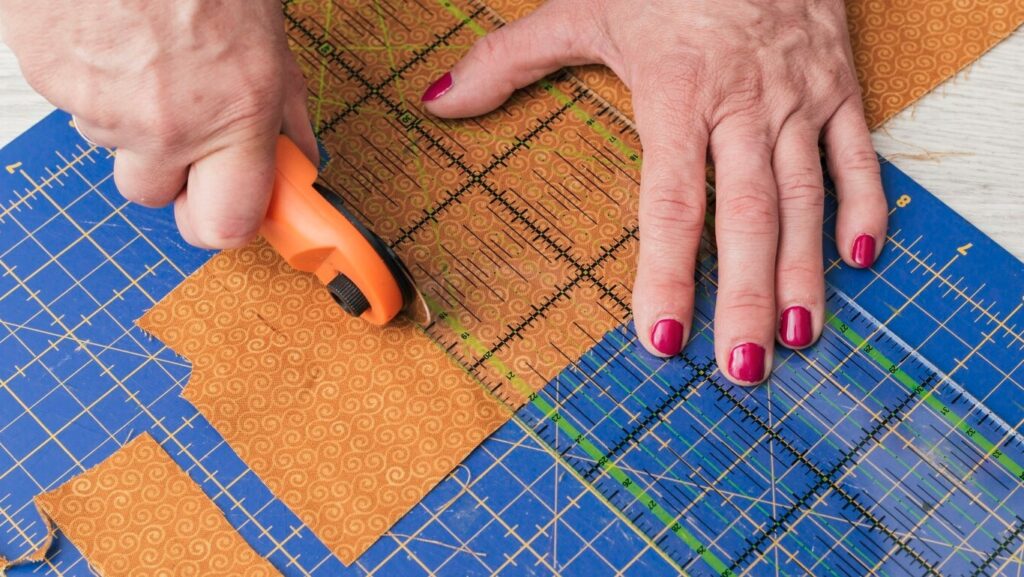
BRA FABRICS DECODED
The Guiding Principles of Fabric Selection for Bra
When it comes to creating high-quality bras, the selection of fabric plays a pivotal role in achieving the desired results. Fabric movement, which encompasses both “stretch” and “give”, is a key consideration in bra making. Understanding how different fabrics behave and their impact on cup expansion and breast shaping is fundamental. In this article, we will explore the guiding principles of fabric selection for bras, particularly focusing on the needs of start-ups and entrepreneurs in the intimate apparel industry.

FABRIC MOVEMENT AND PATTERN LAYOUT
In bra making, we use the terms “stretch” and “give” to refer to fabric movement. Stretch implies the presence of Spandex or elastic properties. While give refers to the mechanical movement of fabric based on its weave or knit. For the purpose of this article, we will use the term “movement” to collectively refer to both properties since they are crucial in bra construction. The amount of movement determines the expansion capacity of the bra cups and ultimately affects the shape they provide to the breasts. It’s important to note that the direction of greatest movement, not the grain, determines the pattern layout.
SELECTING CUP FABRIC
The fabric used for the cups should have little to no movement in order to effectively contain and shape the breasts. For everyday supportive bras, it is recommended to choose a fabric with no more than 25% stretch in the direction of greatest movement. This means that the other direction should have less than 25% movement. Alternatively, you can opt for a fabric with no stretch or give, but be aware that fitting bras made from rigid fabrics can be more challenging, requiring additional time for fit refinement.
SELECTING BAND FABRIC
The fabric used for the band of the bra must have stretch to ensure comfort and ease of movement while wearing the bra. The band fabric should strike a balance between providing the necessary movement and offering support. All while maintaining the correct vertical position on the body. As a general guideline, an ideal band fabric should have approximately 40% stretch in the direction of greatest movement. However, for larger cup sizes, it is advisable to opt for a firmer stretch fabric with approximately 30% stretch to provide additional support.
SELECTING FRAME AND BRIDGE FABRIC
The frame and bridge of the bra play a crucial role in holding the cups and underwire in the correct position. To ensure stability, the fabric used for the frame and bridge should have minimal horizontal movement. Any movement in these fabric pieces should be oriented vertically. Often, the cup fabric is used for the frame and bridge, while a sheer nylon tricot lining with virtually no movement in any direction is added for reinforcement.

EXPERIMENTATION AND FIT
Hold off on making any fabric changes until you’ve found a well-fitting bra pattern. Once you’ve nailed down the perfect fit, you can use that pattern as a foundation for your creative experiments. Just keep in mind that when you switch up the fabric or style, it’ll take some trial and error to achieve the right fit. The extent of this process depends on how different the new fabric is compared to the original one. So, take your time and embrace the journey of finding that impeccable fit you desire!
Pro Tip: Simplify your lingerie collection by choosing a go-to fabric that fits perfectly. Opt for a versatile, dyeable fabric available in various colours to maximize your design options. Embracing this tactic minimizes fitting changes and pattern modifications, ensuring a seamless experience.
Fabric selection for bra, particularly the right one for each components, is a vital step in creating high-quality, comfortable, and supportive garments. Understanding the movement properties of fabrics for cup, band, and frame and bridge components is essential for achieving the desired fit and functionality. By following the guiding principles outlined in this article, undoubtedly start-ups and entrepreneurs in the intimate apparel industry can make informed fabric choices setting the foundation for success.
